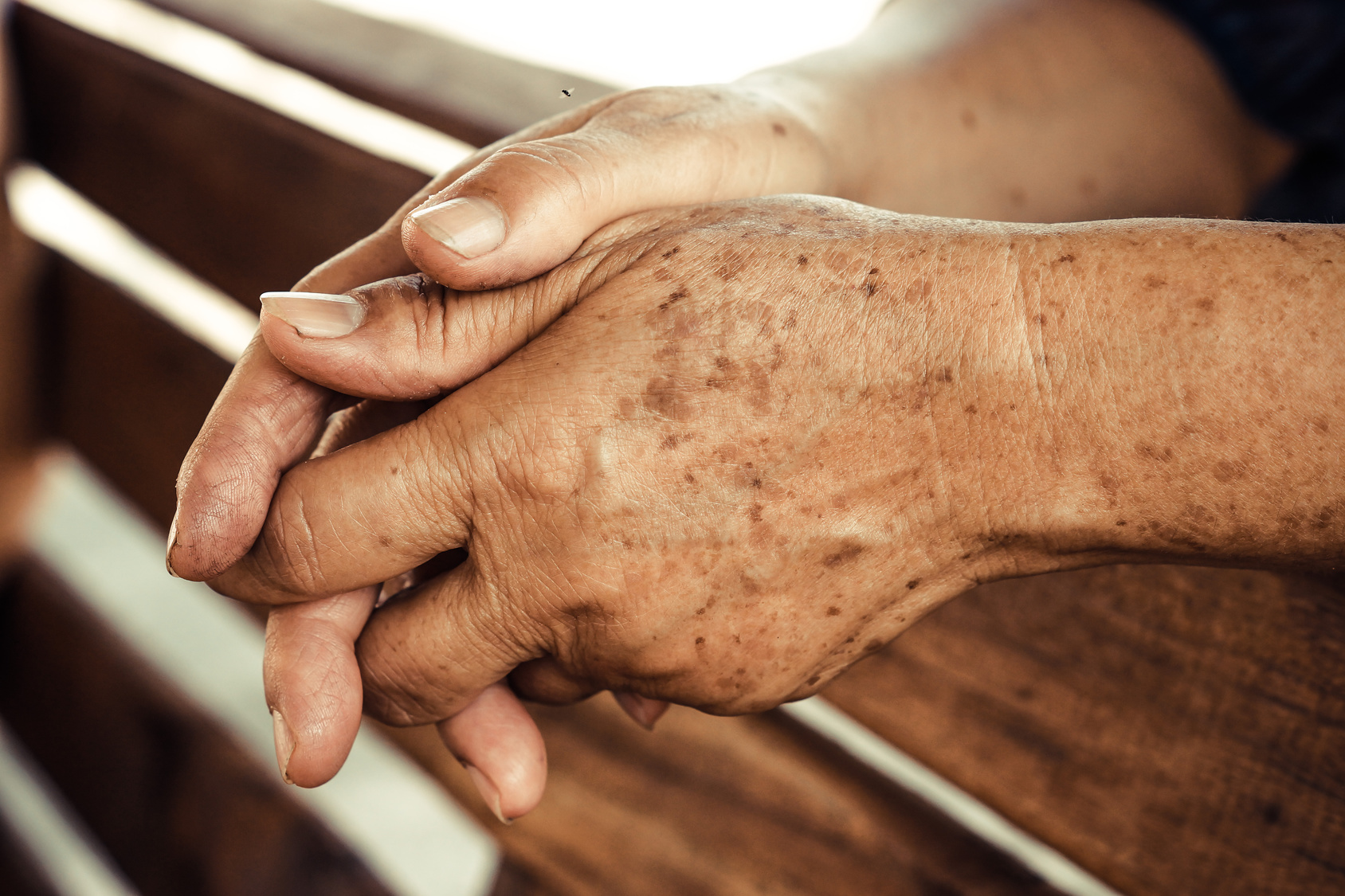
The main signs of sun damage
1 July 2016
We are lucky to live in Australia, where fresh air and sunshine abound. unfortunately, the price we pay for living in paradise is wind-born allergic produced by our flora (Causing hay fever and allergies) and sun damage to our skin from our exposure to UV light.
Pale and dark skin types both have specific problems linked to sun exposure. But, generally speaking, UV light causes problems with both the colour and the texture of skin.
And, of course, then there’s skin cancer.
To protect itself from the damaging effect of the sun, skin increases it’s production of brown pigment (melanin). This can make skin look darker or suntanned. Uneven pigmentation, which is notably seen in pale skin but also commonly seen in darker skin types, can take the appearance of brown/grey blotches. The sun can also cause a permanent dilation of superficial blood vessels, giving skin a sunburned or red and mottled appearance.
Sun exposed skin also changes in texture. It loses collagen and essential oils, becomes dry and flakey, fine lines and wrinkles develop and it becomes more fragile. These changes are most noticeable on sun exposed areas, such as the face, neck, chest and the backs of hands.
To prevent these problems, use of a broad spectrum sunscreen with an SPF of 30+, whenever you’re outdoors, always wearing a hat and protective clothing and avoiding sun exposure during the hottest part of the day (10am – 3pm).
The sun can also damage our eyes, producing cancer, cataracts, macular degeneration, keratitis and pterigiums. The use of polarised, or UV filtered, sunglasses can greatly reduce these problems.
Taking the right precautions can enable us to enjoy living in the incredible sunshine of our Australian home.
Share
Dr Helena Torpinski is a GP and skin laser specialist.
She is enthusiastic about ensuring Aussies protect their skin while enjoying our great outdoor lifestyle.



